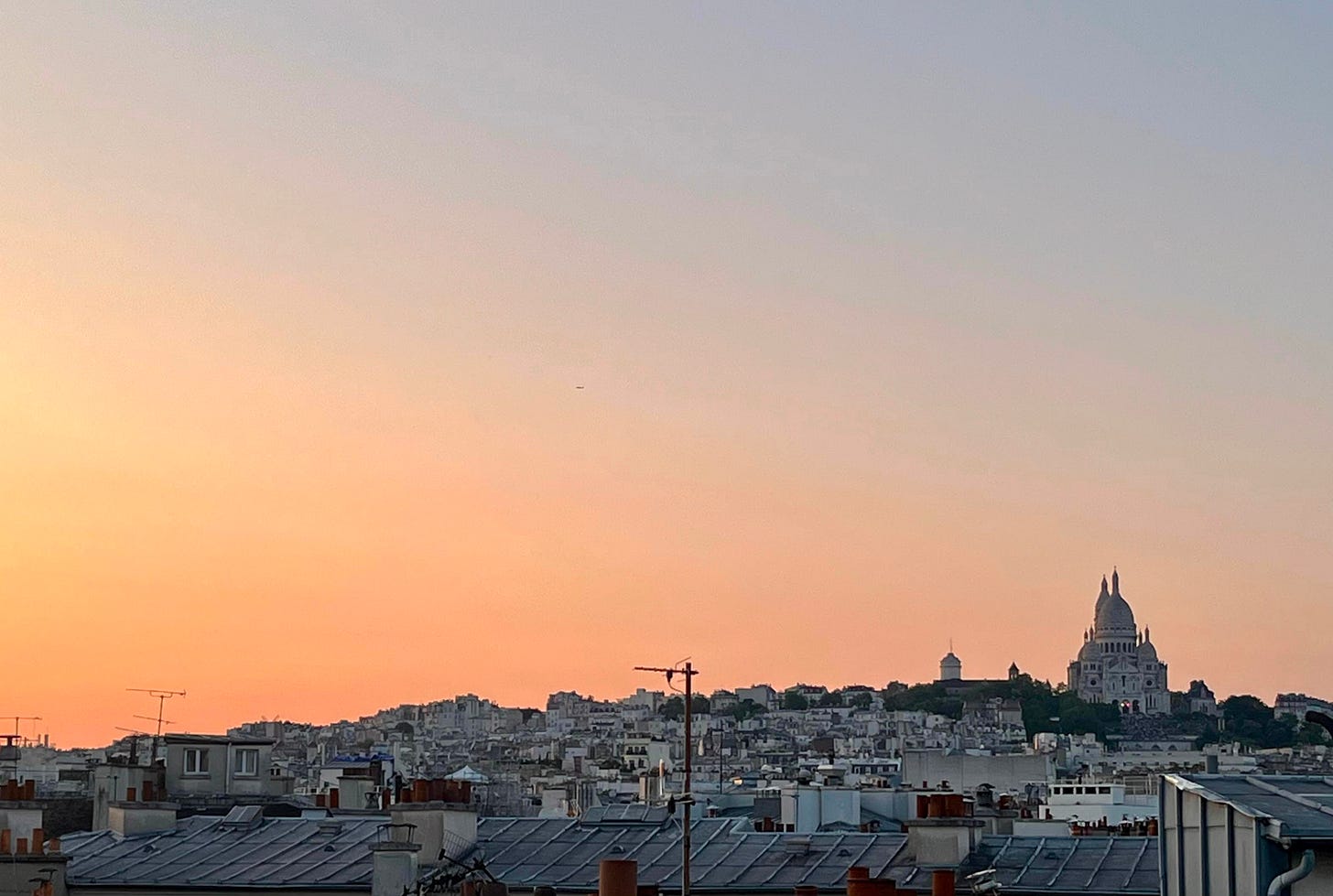The Lipstick Index is cooked
An elegant old theory about consumer culture meets our chaotic new reality
Early Monday morning I was walking down the street in Paris, cafe au lait in hand, full of pain au chocolat, already feeling a bit hot and bothered, when my phone pinged with the media announcement that Leonard Lauder had passed away over the weekend at the age of 92.
I was on my way to Estée Lauder Group HQ. Of all places.
Pushing open the door, the sadness pressed against me and guys it really moved me. Estee’s elder son was the longtime chairman of the whole house of brands.
One of the people I was with told me about his ‘intense’ appreciation of beauty (of course) and lifelong keenness to share this with others…during the 2010s, she said, he donated his $1+ billion Cubist art collection to the Metropolitan Museum of Art, pretty much on impulse. He was very interested in how beauty, and beautiful things, affected people.
(imagine hearing all this in a French accent please, hits harder)
All day it felt impossible not to think about the Lipstick Index, the theory that made Leonard into a household name. Well, at least in my household.
You know the story: after 9/11, he noticed lipstick sales were spiking across the Estee Lauder group’s brands, while the media was full of stories about the sales of other luxury purchases flatlining.
In trying to understand why, he wrote The Lipstick Index on a piece of paper, putting words to the pattern he’d recognised in consumer culture. When the world feels particularly uncertain and people feel especially anxious and destabilised, we tend to downshift our spending in a very specific way. Perhaps we can’t justify the £3,000 handbag, but we can still justify the £30 lipstick.
It was almost mystical, the idea that something as small as a lipstick could indicate so much about the state of the economy, and the mood of the nation.
For years, the Lipstick Index was taken as near-gospel. All over the world beauty business leaders, analysts and journalists cited it through downturns, recessions and recoveries, using it to explain what they were seeing in the numbers.
Academics tracked the pattern back in history and found that beauty has always somewhat defied downturns: during the Great Depression cosmetics sales rose rather than eroded. Same during World War II on both sides of the Atlantic. But perhaps that was because certain make up (including lipstick) was classified by government as a necessary commodity, not subject to rationing.
But more recently that neat correlation between tough times and nicely-painted lips has smudged a bit. During the pandemic and ensuing economic chaos, lipstick sales didn’t track as expected. Instead of holding strong, they fell by 15% in 2020.
The pandemic, it could be said, put an end to Leonard’s Lipstick Index.
But it didn’t put an end to the impulse.
The subject (the lipstick) might have changed.
But the object (the little boost/treat) remains.
From lipstick to lattes…defying economic gravity
We haven’t stopped buying little indulgences, we’re just spreading our bets. £8 oat matcha lattes. £15 gummies. An Amazon Prime impulse buy or a TikTok Shop flash sale. An in-app purchase or an expensive movie streaming fee.
Small luxuries look different in 2025, but the psychology is the same.
I don’t think it’s about indulgence, not really. I think it’s about control - claiming a moment of self-agency, defiance maybe, in a day/week/month/life ridden with anxieties big and small, sinister politics, intrusive technology, and historically high self-reported stress levels.
The Argggh! Index
If Leonard Lauder was able to spot a pattern and give it a name that stuck for years, what would we call this new, scattered version of the same impulse?
It feels more like the Argggh! Index to me right now. Small luxuries prosper when we’re feeling…argggh! Small luxuries prosper because we’re feeling perpetually argggh!?
If the Lipstick Index was once a singular, elegant signal, the Argggh! Index is messy, fragmented and scattered. Harder to read.
And maybe that’s fitting. The market reflects the society it serves.
The analysts can no longer watch for that one indicative spike in lipstick sales, Instead, a thousand tiny spikes - yes, luxury beauty…but also bag charms (did you read
on the labubu meme stock?), vitamin IV drips, fridge organisation containers, books, and anything else that provides a boost of joy, relief, release, escapism, strength. Hope.For me at least, Leonard Lauder’s most interesting legacy is not that he understood beauty so well, or that he understood lipstick so well, or even that he understood people so well. It’s that he understood hope. So well.
In that sense, maybe his thinking is more relevant than ever.
Thanks for reading/see you next time.
beth






This made me think of the whole 'fridge cigarette' thing.
https://www.nytimes.com/2025/06/18/style/fridge-cigarette-diet-coke.html
Small luxuries are definitely having their moment! If we were to keep the focus on beauty, I think it shifted from the lipstick index towards somewhat of a fragrance index, seeing how the market has been skyrocketing and as it can also fit into the small luxury ethos with the rise of travel sprays or discovery sets at smaller price points.